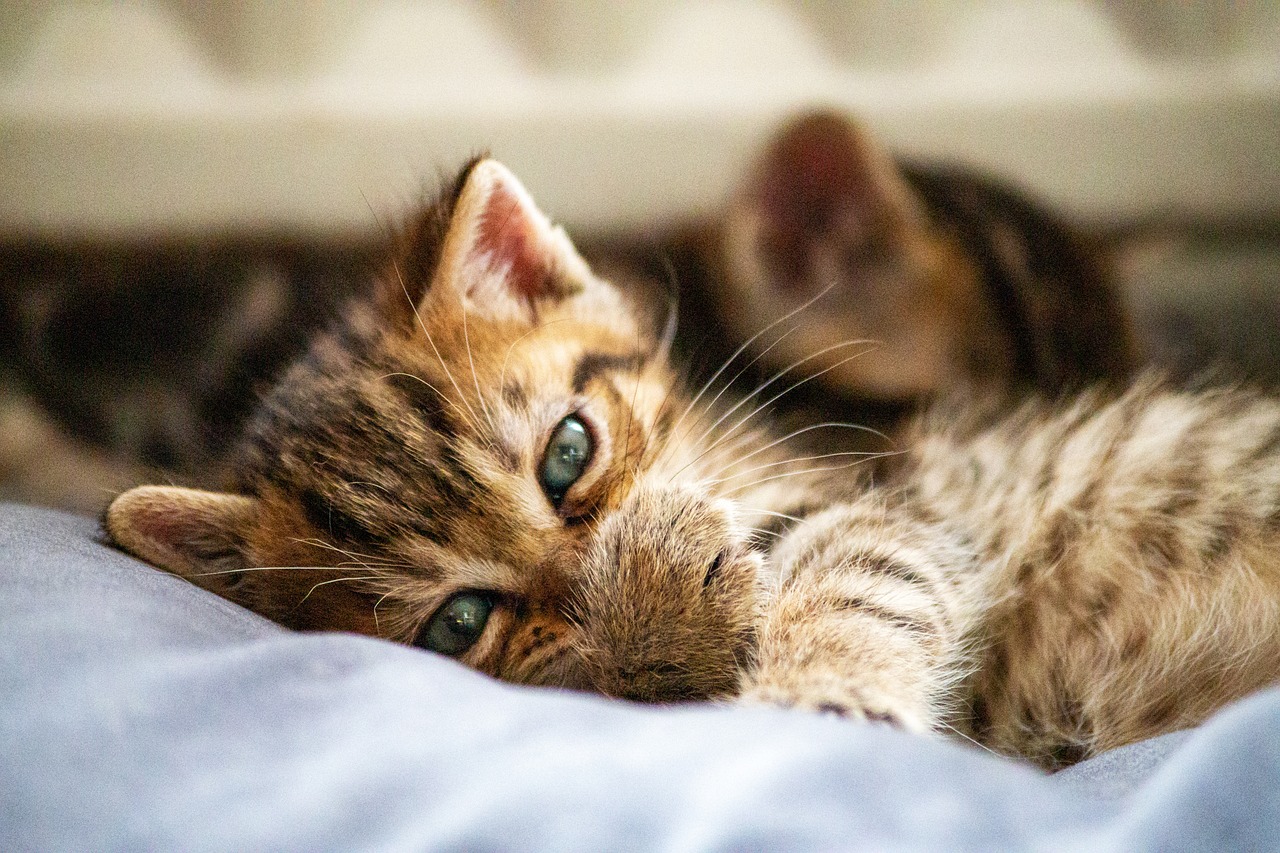
My daughter is severely allergic to cats.
The itchy eyes, the sneezing, the wheezing — we know the symptoms all too well. And for years, we assumed our home would have to remain cat-free.
But here’s what most people don’t realize: it’s not the fur that causes allergic reactions.
It’s a tiny protein called Fel d 1, found in a cat’s saliva, skin, and dander.
When cats groom themselves, Fel d 1 gets spread onto their fur — and into the air. And while no cat is 100% hypoallergenic, some breeds naturally produce much lower amounts of this allergen.
Let’s break down the top 10 hypoallergenic cats based on science, real studies, and how much Fel d 1 they actually produce.
🥇 1. Siberian
- Fel d 1 level: Up to 50% less than average
- Best for: Families with moderate to severe allergies who still want a fluffy cat
- Why it works: A 1999 study found some Siberians produce significantly lower Fel d 1 levels due to a recessive gene variant (Nazarova et al., 2004)
Bonus: Some breeders now test their cats for Fel d 1 levels to match allergy-sensitive families.
🥈 2. Balinese
- Fel d 1 level: Consistently lower than most breeds
- Why it works: Despite their silky coat, Balinese cats are known to naturally produce less Fel d 1. Some theories suggest their single coat and genetics help keep allergens in check.
Fun fact: Sometimes called “the hypoallergenic Siamese.”
🥉 3. Russian Blue
- Fel d 1 level: Estimated 20–25% less than average
- Why it works: Studies suggest this breed produces less allergenic saliva overall (Wikipedia)
Their plush double coat also helps trap allergens close to the skin.
4. Bengal
- Fel d 1 level: Moderate production, but low spread
- Why it works: Bengals have a fine, sleek coat with minimal underfur, meaning they shed far less — and with it, less saliva-coated dander is released.
They’re not low Fel d 1 producers, but their grooming behavior and coat type contain the allergen better.
5. Oriental Shorthair
- Fel d 1 level: Below average
- Why it works: Their short, tight coat sheds less and distributes less saliva through grooming.
If you want a talkative, loyal, allergy-safer companion — this is your breed.
6. Devon Rex
- Fel d 1 level: Unconfirmed production levels — but low shedding
- Why it works: Their sparse coat and low grooming frequency reduce allergen dispersal.
Even though Fel d 1 production hasn’t been directly measured, fewer allergens = fewer symptoms.
7. Cornish Rex
- Fel d 1 level: Similar to Devon Rex — low dispersal
- Why it works: Only one layer of soft downy fur, minimal shedding, and a penchant for snuggling.
Just note: they’re very active — more like a cat-dog hybrid.
8. Sphynx
- Fel d 1 level: Normal to high production — but no fur to spread it
- Why it works: Since they’re hairless, allergens stay mostly on the skin and can be wiped away with weekly baths or unscented wipes.
They’re a high-maintenance low-allergen cat. Not for the faint of heart — or hygiene.
9. LaPerm
- Fel d 1 level: Not clinically low, but allergen is trapped in curls
- Why it works: This curly-haired breed may not produce less Fel d 1, but its unique coat holds allergens close to the skin — reducing airborne spread.
10. Javanese
- Fel d 1 level: Low to moderate
- Why it works: Similar to Balinese in coat and temperament — single coat, sleek, and generally lower shedding = better allergen control.
❌ High Fel d 1 Breeds to Avoid
If allergies are severe, these breeds may not be a good match:
- Persians – long hair + heavy shedding
- Ragdolls – frequent groomers, fluffy coats
- British Shorthair – high saliva production
- Himalayans – thick coat, high Fel d 1
🛑 What “Hypoallergenic” Really Means
Hypoallergenic ≠ Allergy-free
It means less likely to trigger allergies — but there’s no guarantee.
Allergy severity is individual, and it’s always best to:
- Visit the cat first (some breeders will let you “test cuddle”)
- Use HEPA filters
- Keep cats out of bedrooms
- Clean litter and bedding regularly
- Wipe down fur with allergen-reducing wipes
Final Thoughts: Know Before You Adopt
If your household has allergies — like mine does — knowledge is power. Knowing how much Fel d 1 your cat produces, how much they shed, and how well you manage their environment can make the difference between lifelong sniffling and true companionship.
We’ve made it work with Bengals in our home because of their low-shed coat and routine grooming — and our daughter can now snuggle without a sneeze in sight.
